#appenzeller sennenhund
Text

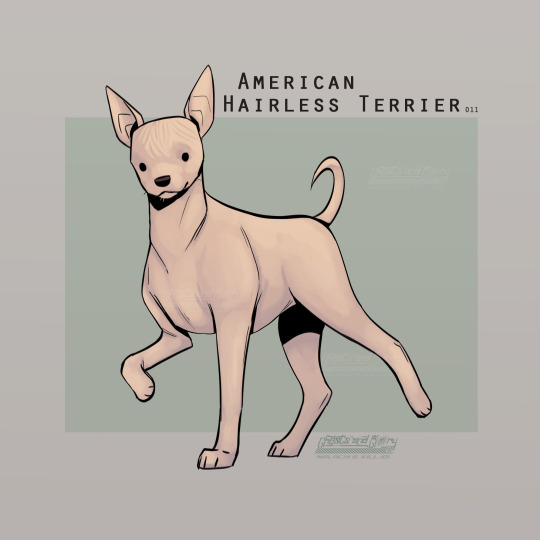
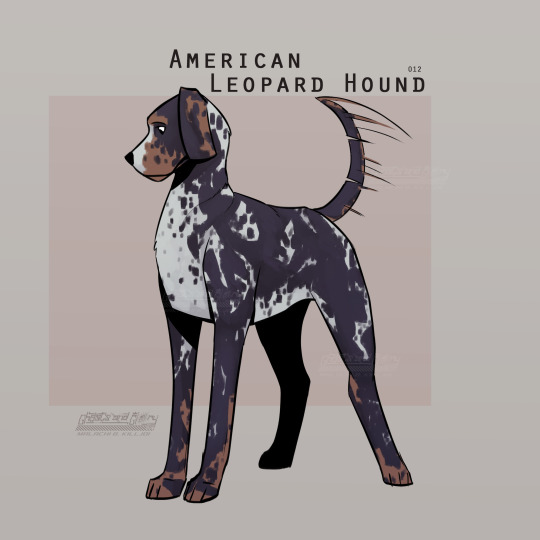



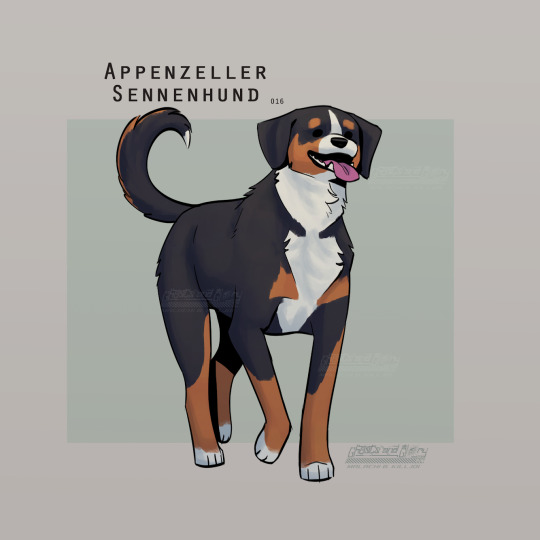

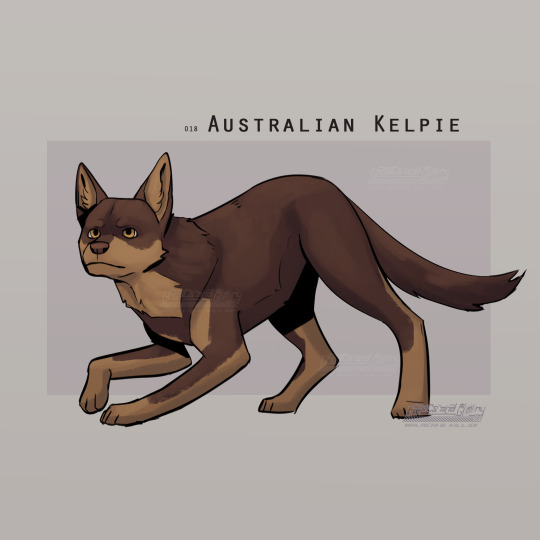

I bring on this day, another batch of ten dogs.
I’m almost through the A breeds, there’s three left, I can sense, progress.
I’ve missed three days so far in these first 20. I try and not skip too often but my main goal really is to also not burn myself out and get through them all.
#my post#my art#daily dog#digital art#art#photoshop#dog#dog art#dog illustration#American foxhound#american hairless terrier#american staffordshire terrier#American water spaniel#Anatolian shepherd dog#anatolian shepherd#appenzeller sennenhund#australian cattle dog#blue heeler#red heeler#Australian kelpie#Kelpie dog#australian shepherd
270 notes
·
View notes
Text
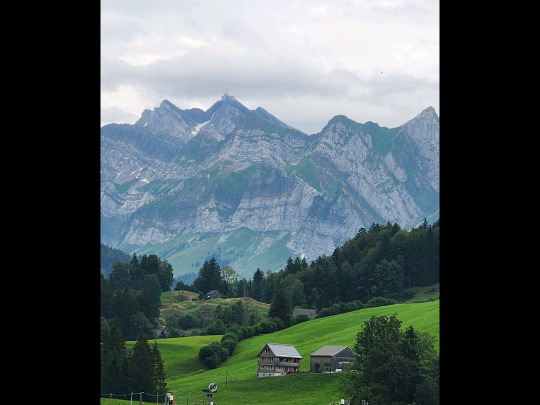
2 notes
·
View notes
Photo

Appenzeller Sennenhund
The Appenzeller Sennenhund is a medium-sized herding breed that is tri-color and almost squarely built and balanced. He is muscular and agile and makes a good driving, watch, guard, house, or farm dog. Due to their versatility and willingness, they excel in agility, obedience, herding, and search and rescue.
The Appenzeller Sennenhund is one of the four Swiss Sennen type breeds and is also known as the Appenzeller Mountain Dog or Appenzell Cattle Dog. He is lively, high-spirited, self-assured, reliable, and fearless. Slightly suspicious of strangers, he is a good watchdog who cannot be bribed. The breed's intelligence make them highly capable learners. Due to his personality and exercise needs, he is ill-suited to apartment living (source)
If you like my work please consider commissioning me! Also, consider supporting me on Patreon or buying me a Ko-fi!
0 notes
Text
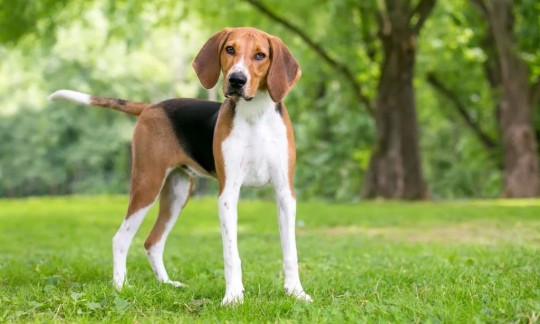

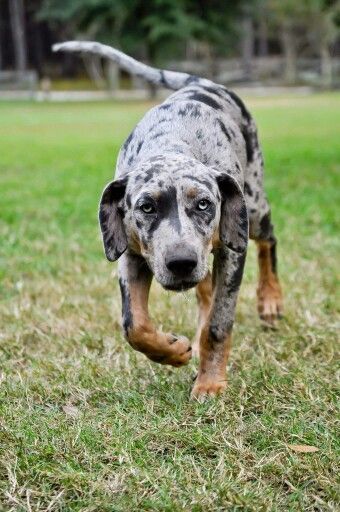
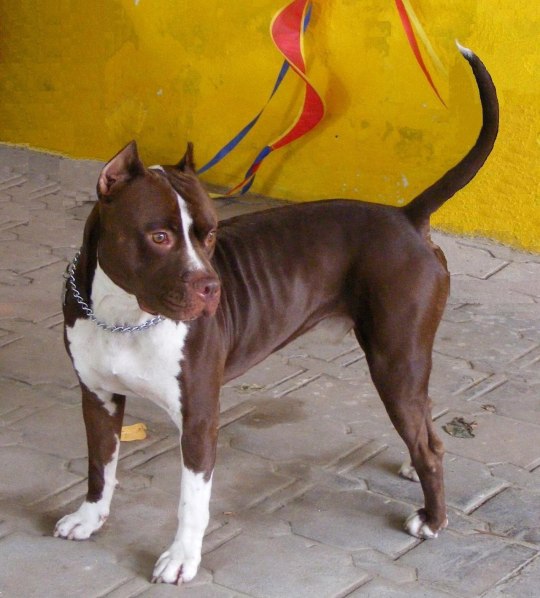

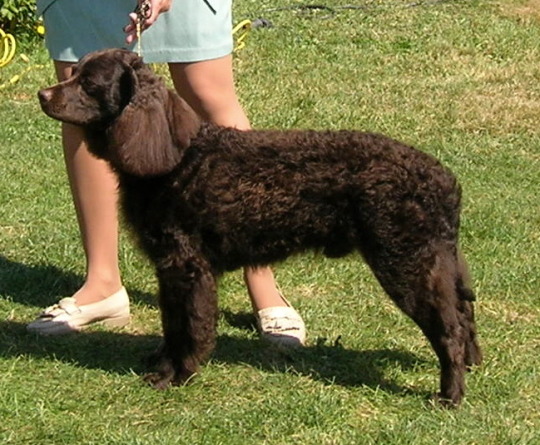
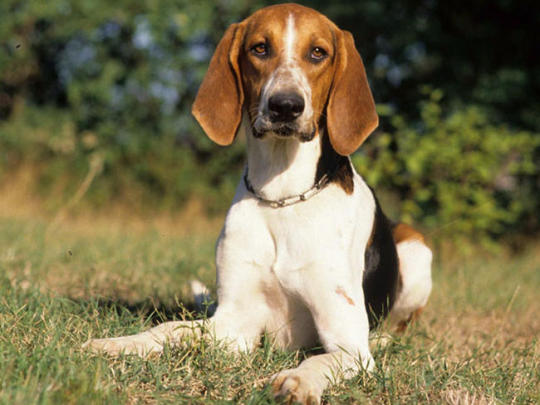
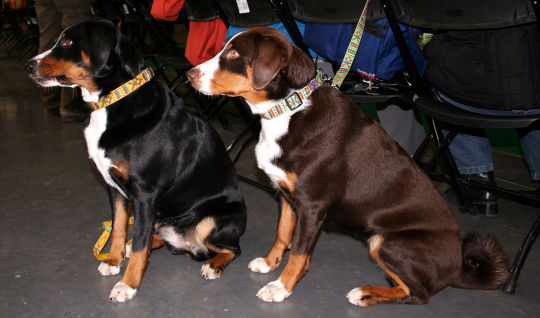

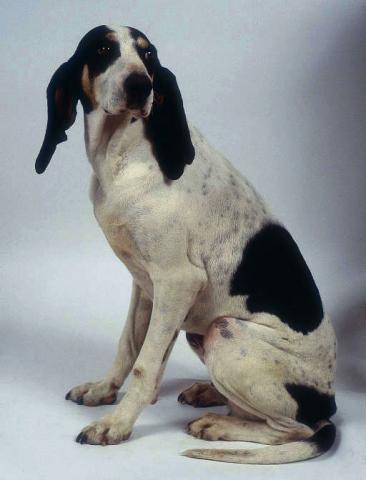
#American Foxhound#American Hairless Terrier#American Leopard Hound#American Pit Bull Terrier#american staffordshire terrier#American water spaniel#Anglo-Français de Petite Vénerie#Appenzeller Sennenhund#Ariège Pointer#Ariégeois#Lots of Americans lots of french hounds and 1 swiss good boy
0 notes
Text
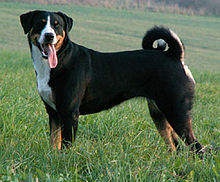
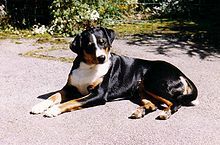
Appenzeller Sennenhund
1 note
·
View note
Text
I have a question!
Is this guy

An appenzeller sennenhunde?
Those guys look like this

3 notes
·
View notes
Text
posted this on twt alrdy but here r the animals i see the travellers as
noelle: four-toed hedgehog or blaze ferret
krouse: crab-eating fox
marissa: american cream draft
jess: toco toucan
luke: appenzeller sennenhunde dog
oliver: holland lop bunny
cody: tabby cat
15 notes
·
View notes
Text
pit babe daemons
I'm physically incapable of being in a fandom without making a daemon au. I'm not exactly actively writing this, but I couldn't stop thinking about it so here we are. (also it's always a fun test of my willpower to not give everyone a bird. 2/13 I am a master of restraint.)
(warning for spiders and snakes just in case!)
Babe:
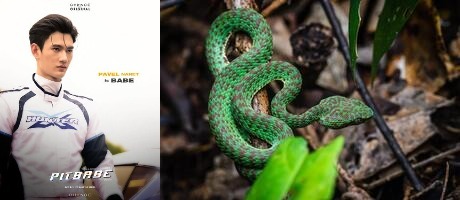
beautiful pit viper (trimeresurus venustus) (I couldn't resist). like most snakes, scary on the outside and a sweetheart underneath. not the most aggressive but strikes fast with a venomous bite. also imagine Babe in his tank top with a snake draped over his neck. exactly.
charlie:

Appenzeller Sennenhund. cheerful, energetic, smart. fearless when it comes to protecting their family. very loyal! of course puppy Charlie has a dog daemon.
Way:

eastern barn owl (Tyto javanica stertens). fiercely territorial, secretive. incredible hunter. intelligent! also in folklore owls are either good (symbol of wisdom) or bad (omen of death and doom to come) which speaks to the dichotomy of Way.
Pete:

spotted-winged fruit bat (Balionycteris maculata). tends to be solitary. not a predator. they don’t echolocate but find food using keen sense of smell and eyesight, and they have an unusual dental formation compared to other fruit bats. (<- I can't explain why that is Pete to me but trust me.) smallest of the megabats but still a megabat which I think reflects the corporate side of things nicely.
Kenta:

cocker spaniel. loyal loyal loyal. easily trained. meant for hunting. good with kids lol. also in HDM servants tended to have dog daemons. LOYAL.
Kim:

siberian weasel (Mustela sibirica). intrepid and intelligent. sociable when it suits. will fight you and likely bite you. look at that little lady and tell me that's not Kim.
North:

dhole (Cuon alpinus). highly sociable and adaptive. noisy (likes to chat) but also uses complex body language. dholes don't engage in dominance displays and aren't super territorial, which I think reflects North's easy-going nature.
Sonic:

blue crested lizard (Calotes mystaceus). colourful! not very dangerous but still has teeth and claws. quick and crafty. I originally thought butterfly for Sonic but he needed something more substantial. also she definitely hitches a ride on North's daemon all the time.
Dean:

tiger shrike (Lanius tigrinus). solitary, shy and predatory. shrikes kill by impaling their prey on the nearest pointy object, which I think mirrors the way Dean went for the hammer well. also not a particularly flashy bird. (but still beautiful in the way all birds are beautiful!!)
Winner:
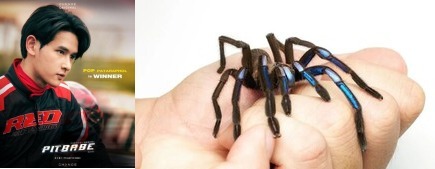
electric blue tarantula (Chilobrachys natanicharum). opportunistic, defensive, kind of a show-off. will ‘hiss’ when provoked. but not the most dangerous spider around. also I think Winner deserves a little blue in his life.
Alan:

banded linsang (Prionodon linsang) male daemon - low sexual dimorphism in this species so not everyone notices but it’s just something else that pings a little odd about alan. generally solitary and not well-known. a predator still.
Jeff:

veined labyrinth butterfy (Neope pulaha). clever, excellent vision, weak fliers. Jeff is a mystery to most, hence labyrinth. I think Jeff is served well by a daemon that can be easily hidden and/or overlooked.
+ bonus Tony:
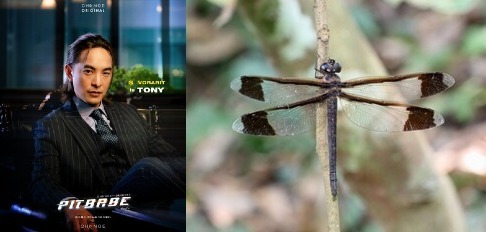
giant hawker dragonfly (Tetracanthagyna plagiata). dragonflies are the world’s most efficient predator. but at the end of the day it’s just an insect. as with Jeff, it suits Tony to have a hidden daemon.
#pit babe#fic ideas#not me finishing all my research and then realising I’d forgotten about alan and jeff my bad!!#daemon au is obviously still omegaverse#I don't think daemons have a dynamic as such beyond what their connection to their person is#did I spend 2 hours on this instead of finishing my winnerdean fic? perhaps. don't look at me.#I did give all their daemons names as well but maybe I'll save them for the actual fic
8 notes
·
View notes
Text



Welcome to my otherkin / therian blog!
My name is Sam. I take pronouns of any kind mostly he/it/that.
Adult. 16+ follow. Don’t DM me if you’re under 18. Don’t flirt with me or act like we’re friends when I don’t consent to what you want. I’m not friendly if my boundaries are not respected.
I’m not human, don’t refer to me as human.
What I am:
I’m polytherian. Canine and feline groups. Appenzeller Sennenhund. This breed is in the picture above on the left.
Regarding canine identities I am also a Bernese Mountain Dog and similar breeds. I mostly fall into breeds that are farm dogs and mountain dogs.
I will also post wolves.
Regarding my feline identities I am a black leopard.
I post videos, gifs, pictures of: feeding, hunting, and other canine or big cat behaviors.
Where I live or have lived before in past lives: on farms, mountains, jungles.

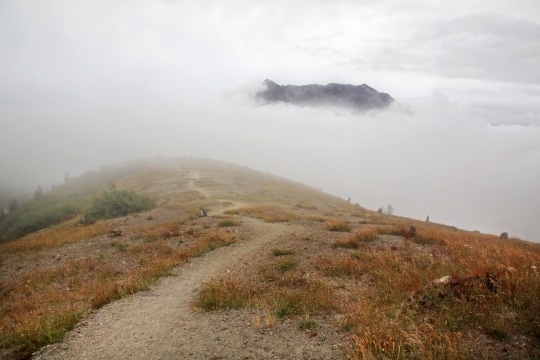

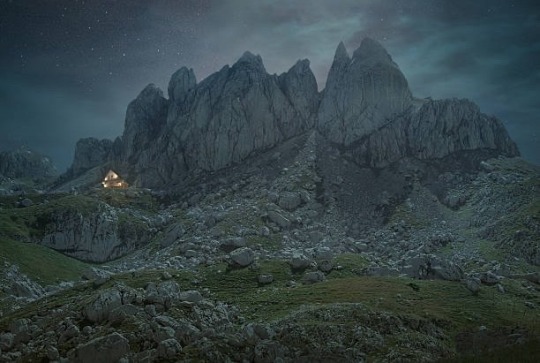
#pinned post#wolfkin#dogkin#wolf kin#dog kin#therian#wolf therian#wolf theriotype#dog therian#dog theriotype#caninekin#canine kin#Newfoundland therian#kintype#dog kintype#the pictures are of the different environments I’m in#leopardkin#feline kin#leopard kin#leopard therian#canine therian#feline therian#feline theriotype#felinekin#pinned intro#pinned info#therian pinned post#otherkin#actually nonhuman#actually feline
3 notes
·
View notes
Text
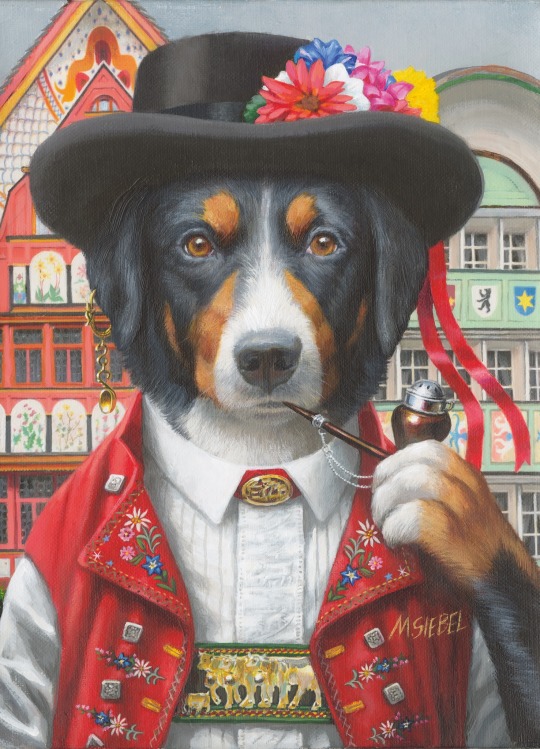
Appenzeller Sennenhund in Tracht Acryl auf Linen 30x40cm. 2023
5 notes
·
View notes
Text
Bernese Mountain Dog vs Swiss Mountain Dog
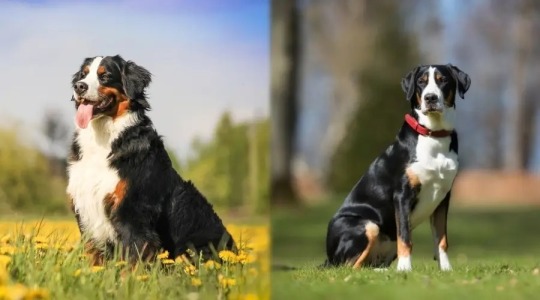
Meta Description
Bernese mountain dogs are one of four canine breeds. They are collectively referred to as Swiss mountain dogs.
What characterizes a Bernese Mountains Dog from a Bigger Swiss Mountain Dog?
When adding the component to your extended family. Are you thinking of a Swiss Mountain Dog or a Bernese Mountain Dog? Let's examine the distinctions and parallels between these two outstanding breeds.
The Greater Swiss Mountain Dog has its origins in Julius Caesar's war canines. Which he used to lead his forces across the Alps in an attempt to bring down Europe. These dogs, inherited from Cesar's mastiff dogs, were employed by the Swiss. To pull carts filled with dairy and meat goods up the mountains to the marketplace. Their journey has become known as "the destitute male horse" as a result.
Although Switzerland has produced numerous amazing dog breeds. None is certainly as well-known as the enormous, tricolored Bernese Mountain Dog. These stunning and loving canines are easy. Recognized by their striking markings and size, they are well-suited for hard work. However, there is another Swiss breed that shares its cultural roots and appearance. People occasionally mistake the Greater Swiss Mountain Dog, a devoted. And powerful member of the Working Group, for a Bernese. Continue reading to find out how to distinguish between these two Swiss Alps dogs.
Closely linked to the Greater Swiss, the Bernese Mountain Dog is native. To an area of Switzerland well-known for its chocolate and cheese. The Bernese were employed for both livestock and pulling. Both are Saint Bernard and Rottweiler foundation breeds.
A Short History of The Bernese Mountain Dog
The Appenzeller Sennenhund, Entlebucher Mountains Dog, Greater Swiss Mountain Dog. Bernese Mountain Dog are the four representatives of the tricolored species. Of Swiss mountain dogs. In the past, Swiss Mountain dogs served as general-purpose farm dogs. For their families, driving animals, pulling milk wagons. And keeping an eye on the property and wildlife. The Bernese Mountain Dog is thought to have originated from a mix. Of certain native Swiss mountain agricultural dogs and big old Roman military dogs. They were introduced to the region about 2000 years ago. During the Roman conquest of Helvetia (modern-day Switzerland). Large canines with exceptional power and endurance were the product of the cross.
Some referred to them as the Clydesdales of the canine world because of their skill at carting. The Bernese Mountain Dog was originally named the Durbacher after a location. Where the breed's predecessors were most prevalent and preferred. Has a lengthy and fascinating history. They were also referred to as Berner Sennenhunde. Which means "Mountain Pasture dog of Berne" in German. Eventually, the Canton of Berne, a region in Switzerland. Where the type of dog originated, came to be renowned.
In the past, there were many Bernese Mountain Dogs in their own country. Still, the breed's popularity started to decline. It was almost eliminated in the middle of the nineteenth century as a result of changes. In agricultural technology. And a lack of official initiatives to breed. Nonetheless, the breed was saved from extinction by Professor Albert Heim and Swiss cynologist Herr Franz Schertenleib. The popularity of the Bernese Mountain Dog started to rise gradually. Farmers from all over the region began bringing their Dürrbächler dogs to dog shows. At the beginning of the 20th century, they also took part in breeding initiatives to improve the breed. The Schweizerischer Dürrbäch-Klub was eventually established, and the breed's standard was created. It was later established that the proper moniker given to the breed is Berner Sennenhund, and this continues to be how the breed is known in its country of origin. The Bernese Mountain Dog, or BMD as it is called in the West, is one of the most widely recognized breeds in all of humanity today.
An Overview of the Greater Swiss Mountain Dog's History
The Greater Swiss Mountain Dog originated from Mastiff-type canines that were employed 2000 years ago in Roman armies. Out of the four varieties of Swiss Mountain Dogs, they are the biggest and the oldest. They were developed to drive livestock, serve as security dogs, and be draft dogs. Before two specimens were given to Dr. Albert Heim, who identified the breed and had it registered with the Swiss Cynological Society in 1909, this breed was on the edge of destruction in the late 1800s. The Fédération Cynologique Internationale released the first standard in 1939. Because of their dependable, peaceful nature, these dogs are now mostly bred for relationships, but they were once valued for their ability to protect.
Comparable appearance and place of origin
Under the prefix Nashem, Sara Karl, an AKC judge and the AKC representative for the Bernese Mountain Dog Club of America, has been producing and exhibiting Bernese since 1986. "Only when the Berner is removed from coat," she responds when asked if people frequently mix up the Bernese Mountain Dog and the Greater Swiss Mountain Dog.
The primary similarity between the two breeds, according to Karl, who has bred over 100 leaders, performance-titled Berners, and two National Specialty winners, is their physical characteristics and traditional purpose. They are equally enormous breeds of canines in black, red, and white. They are both Swiss canines that were created to be used for pushing carts filled with products to markets.
However, Liz Coit, an AKC breeder of excellence and member of the Greater Swiss Mountain Dog Club of America, pointed out that the Berner is a more popular breed than the Swissy and, therefore, more recognizable to most people. Frequently, people inquire as to whether the Swissy is a Berner or, better yet, a shaved Berner. Naturally, when a Swissy is a puppy, it's frequently mistaken for a Beagle, and when it's an adult, for a Saint Bernard. Therefore, I believe the problem is the Swissy's unfamiliarity with the wider population.
Coit, who owns three Swissies, among them Shine, the 2020 Ambassador of the Breed winner, concurs that the breed's appearance and background as farm dogs are similar. Regarding both breeds, she states, "They are recognized for their eye-catching tricolor coats and attitude." They have gone to market and greeted friends and customers who visited the farm, despite being incredibly committed and devoted to their families. Both act as watchful guards, alerting the family to any imagined threats or even just a shift in the wind's direction.
Variations in Coat and Character
Even though many confuse the Swissy for the Berner, there are distinct structural differences. The Greater Swiss Mountain Dog breed guideline states that male Swissies should weigh between 115 and 140 pounds and have a shoulder height of up to 28.5 inches. Male Berners can grow to a height of 27.5 inches and weigh between 80 and 115 pounds. They are slightly smaller than other breeds.
Another notable distinction between the breeds is their coats. While the Swissy has a smaller double coat, the Bernese has a longer one. As Coit notes, both have a dense undercoat, thus a significant amount of shedding is to be expected. She goes on, saying, "There are some differences between the Swissy and Berner standards, such as the markings (which are brown and white) and head form. Compared to Berner breeders, we are more tolerant of marking diversity in Swissies, and naturally, our coat is not as defining a characteristic as it is in Berners.
The Swissy has a more intense industrial temperament than the other breed, even though both are friendly with youngsters and devoted to their families. While the Swissy breed standard refers to them as "alert and vigilant," the Bernese Mountain Dog breed regulation characterizes Berners as "alert and good-natured." Furthermore, the questioning Swissy is more eager to make strangers with new individuals than the aloof Berner. Karl claims that while both are straightforward to train and get along well with people, "Bernese are a little sweeter than the Greater Swiss."
Dedicated and Caring for Dogs
In the Swiss region of Bern, the Berner breed of farm dog was developed for all-around use. Karl claims that farmers employed them for farm security, pulling carts of milk and cheese to markets, and moving milk cows from a particular pasture to another. Possibly because of their history of collaborating closely with farmers, this kind and affectionate breed is committed to its family.
Karl believes that the breed's attributes of beauty, stockiness, and love apply to them. She claims that having a Berner requires a lot of hair loss. She recommends leather seating and an excellent vacuum. She claims that although these dogs enjoy going on walks and travels and enjoying the cold, they don't enjoy being left outside by themselves for long periods. They are also adversely affected by hot temperatures. Although they may survive in warmer climates, you should keep them out of the sun during the hottest parts of the day.
According to Coit, among the Sennehund breeds (Swiss mountain dogs), the Swissy is one of the oldest and biggest. They were also bred to be all-purpose farm dogs, trained to perform duties including herding, transporting milk carts, driving livestock to markets, and simply keeping an eye on the home and property. The Swissy's harsh bark of caution and alertness serves as a sentinel, a legacy of its guardian pedigree.
Like their breed, they are devoted and caring and yearn to be with the people they love. According to Coit, as long as they have long walks in the morning and at night, they are content to laze around all day rather than being busy dogs. They will love it too, though, if you educate them on how to do drafts or herd or take them climbing every day. Since they were bred as shepherd dogs, they tend to gather kids, thus it's critical to teach them how to walk on a slack connection.
For experienced owners or owners prepared to learn everything these huge breeds demand, both types may make wonderful companions. To ensure that the pet you take home is fit and well-bred, though, do your homework on prospective breeders. Karl recommends using Bernergarde.org to look up possible breeders of Berners. And now you can recognize the differences between these strong Swiss breeds, should you be lucky enough to meet one, regardless of whether they're the ideal fit for you.
Lifestyle, Instruction, and Temperament
Because of their affectionate nature and commitment to their families, both kinds are highly valued. In terms of stature and disposition, the Swiss are a little more threatening. They are devoted guardians who are a little darker in spirit but not unfriendly. These strong dogs tend to go through the puppy stage more slowly, and they have a booming bark that your neighbors could not enjoy. Due to their size, they may test a parent's tolerance throughout this protracted puppy stage. At 100 pounds, their ungainly, awkward bodies might make bumps and huge paws too much for them to handle.
It's well known that Bernese Mountain Dogs are more reserved, easygoing, and extremely mindful of their body language when around young children, much like a teddy bear. Although both breeds make wonderful family pets, the Bernese would prevail in the Gentle Giant battle over the Swiss.
Instruction
When it comes to training, food is a terrific motivation to assist teach positive habits in Swiss Mountain Dogs, which can be a bit more resistant , and should start training young. They pull stronger when wearing a safety harness throughout leash training and don't react well to them unless they are being hauled.
Similar to Swiss dogs, Bernese are intelligent canines that are more motivated to please their owners. They are more vulnerable to criticism and separation because of their loving disposition. If they are left alone for extended periods, they will exhibit undesirable behaviors because they would like to be with the family.
Work out
Both breeds need an average amount of daily activity. They work well for owners who enjoy taking their dogs for peaceful walks or hikes in the outdoors, but they are not the best fit for serious bikers and joggers who like training alongside their pets. Both make excellent camping dogs, and they can even tow children and camping supplies in a wagon.
Every day, the Berner and the Swissy require one hour of exercise. Whether or whether there is snowfall on the ground makes no difference in fact, they would both like it. They require long, leisurely walks through the nearby park or natural reserve because they are big dog breeds. They both enjoy being outside and will develop cabin fever if kept indoors for an extended period.
Due to their huge bodies and joints, neither one of them should be trained aggressively while they are puppies. The best course of action is to completely avoid physically demanding tasks because too much pressure can lead to abnormalities in development.
With less social engagement during the day, the Berner is the more relaxed pup. When his loud breaths begin to reverberate throughout the home, you will know that he is content to nap for a few hours. The Swissy requires a lot more company during the day to get rid of his excess energy. Consider harder play sessions, difficulties, and the requirement for long-lasting dog toys.
Well-being & Health
Neither the Swiss nor the Bernese Mountain Dogs are known to have any breed-specific illnesses, making them both generally healthy dogs. However, they are prone to health concerns like elbow, neck, shoulder, and hip joint troubles that often affect larger species. Nevertheless, their musculoskeletal health generally looks good overall. Additionally, bloat is a serious medical condition that can affect any large breed; owners just need to understand what to watch for.
The American Kennel Club advises evaluating puppies for eye health issues in addition to elbow, shoulder, and hip dysplasia. AKC additionally suggests a Von Willebrand's (clotting) Disease DNA test for Bernese, especially. The Swiss Mountain Dog lives eight to eleven years, while the Bernese Mountain Dog lives between seven and ten years.
Grooming and Weeping
Possimply the most noticeable distinction between the two breeds is this. Compared to Swiss dogs, Bernese wear longer, thicker coats, which means they need more maintenance. Naturally, Bernese shed continuously, but their lengthy outside coat and wooly underneath shed severely twice a year. To maintain a glossy and healthy coat, Bernese needs to be brushed once a week all year round and every day during shedding seasons. Owners may occasionally need to use an iron comb or toothbrush to untangle their fur because of its longer length.
Conversely, the Swiss have lower standards for grooming. They require less care and have a double coat as well. A blowout of the overcoat twice a year throughout periods of greater shedding would be beneficial to them. A periodic bath and brushes, however, maintain the Swiss looking well.
Nourishment
Every day, the Berner will drink from three to four cups of food, whereas the Swissy will drink four to five cups. Their age, size, and level of energy all affect how much they eat. They are both prone to rapid weight gain, particularly the Berner with his easygoing disposition, so watch out not to overfeed them. You must closely monitor their dietary consumption since obesity may compound existing health issues.
Both of them needed to be provided with a premium diet that offered them well-balanced nutrients. An excellent meal consists of genuine livestock meat, carbohydrates, fiber, healthy fats, calories, and elements. Two other crucial components to look out for are chitosan and ibuprofen since they will preserve their enormous joints.
Since they are both huge breeds, they should be provided kibble made especially for them, especially in their puppy years when their development is very quick. These will have the ideal balance of nutrients that they require. This is especially crucial while the project is still under development. According to research, they can aid in delaying or preventing bone problems that both breeds have a susceptibility to, such as elbow, shoulder, and hip dysplasia.
Conclusion
In conclusion, the background, appearance, personality type, and care needs of the Bernese Mountain Dog and the Greater Swiss Mountain Dog are comparable and differ from one another. As tricolored Swiss mountain dogs, both breeds have a long history of being used as adaptable farm dogs in Switzerland.
Originating in the Swiss Alps and the Roman military, the Bernese Mountain Dog saw a drop in appeal in the 19th century before being saved from extinction by committed individuals. Conversely, the Greater Swiss Mountain Dog, which originated from Mastiff-like canines utilized in Roman forces, was nearly exterminated in the late 1800s but was subsequently acknowledged and documented.
There are noticeable variations in height, coat length, and disposition between the two breeds, despite their remarkable tricolor coats and kind dispositions. The Bernese Mountain Dog is characterized as being more reserved and laid-back, and it tends to be somewhat smaller with a longer coat. In contrast, the Greater Swiss Mountain Dog is bigger, has a thinner fur, and possesses a more industrialized temperament characteristic.
FAQs
What makes a Bernese Mountains Dog different from a Bigger Swiss Mountain Dog?
Size, coat length of sentence, and personality all differ. The Greater Swiss is bigger, has a thinner coat, and tends to be a more intense dog than the Bernese, which is somewhat smaller and has a longer coat.
What is behind each of these dog breeds from the Swiss mountains?
Both breeds began life as adaptable farm dogs in Switzerland; the Greater Swiss descended from Mastiff-type hounds used in Roman legions, while the Bernese mixed military and native Swiss dogs.
What prevented the mountain dog from Bernese from going extinct in the nineteenth century?
By starting breeding programs and creating breed standards, Professor Albert Heim and Swiss cynologist Herr Franz Schertenleib were instrumental in preventing the wiped out of the Bernese Mountain Dog.
Do their looks and functions resemble each other?
It's true that both breeds have multicolored coats and were intended for farm work, such as pushing wagons full of produce to marketplaces in the Swiss Alps.
#Bernese Mountain Dog#bernese australian shepherd mix#bernese mountain dog puppies#bernese poodle mix#Petinfosite#lebanese dog#gentle giants dog food#mini bernese mountain dogs#full grown mini bernedoodle#bernese mountain dog poodle mix#bernese mountain dog golden retriever mix#bernese mountain dog rescue#when to stop fighting mast cell tumors in dog#mini bernedoodle full grown#miniature bernese mountain dog#pictures of mast cell tumors in dogs#bernese mountain dog mix#bernese mountain dog life expectancy#do bernese mountain dogs shed#bernese mountain dog poodle#bernese mountain dog and golden retriever mix#rescue a bernese mountain dog#bernese mountain mix poodle#how big do bernedoodles get#bernese mountain dog shedding
1 note
·
View note
Text
Appenzeller Sennenhunde- The Dairy Farmer’s Dog
https://www.petshelps.com/?p=1085
Appenzeller Sennenhunde- The Dairy Farmer’s Dog - #AppenzellCattleDog #AppenzellerMountainDog #AppenzellerSennenhundeDogBreed #DogBreedsstartwithA - https://www.petshelps.com/?p=1085...
0 notes
Text
APPENZELLER SENNENSUND DOG
#animal panet#dog world#dogs#doglife#doglover#dogs of tumblr#dogblr#american bulldog#american eskimo dog#dogslife#dogtraining#dog toy#dogoftheday#dogstagram
0 notes
Text
Appenzeller Sennenhund: Perro Perfil de raza
Appenzeller Sennenhund: Perro Perfil de raza
Directamente de los Alpes suizos llega el ágil y versátil Appenzeller sennenhund. Esta raza de tamaño mediano puede parecer un perro de montaña bernés más pequeño y compacto, que también es parte de la familia sennenhund, pero esta raza tiene características propias. Hoy en día, el Appenzeller sennenhund es una raza relativamente rara en América del Norte, pero se encuentra más comúnmente en…

View On WordPress
0 notes
Photo

Um bom dia meu e do Hulk,o cachorro mais doce do mundo. A raça dele é Nermese.. Boiadeiro de Berna[Nota] (em alemão: Berner Sennenhund), também chamado de bernese e boiadeiro-bernês, é uma raça canina de trabalho originária de Berna, na Suíça.[1] É uma das quatro raças regionais de cães de boiadeiro dos alpes suíços, juntamente com o Grande suíço, o Boiadeiro de Appenzell, e o Boiadeiro de Entlebuch. Pertencendo então ao grupo dos boiadeiros suíços. . . . Follow 👉@soniafragadias👈 . . . #soniafragadiasdesigner #buenosdias #bonjour #goodmorning #goodvibes #bomdia🌞 #nermese #raça #cachorro #amigo #caes (em Ipanema) https://www.instagram.com/p/Cf35w-AOfrQ/?igshid=NGJjMDIxMWI=
#soniafragadiasdesigner#buenosdias#bonjour#goodmorning#goodvibes#bomdia🌞#nermese#raça#cachorro#amigo#caes
0 notes